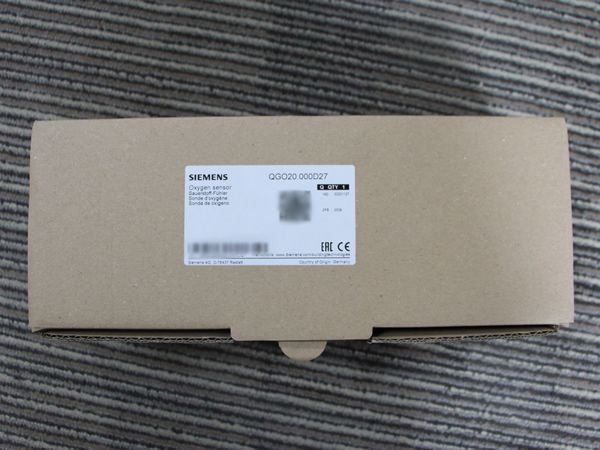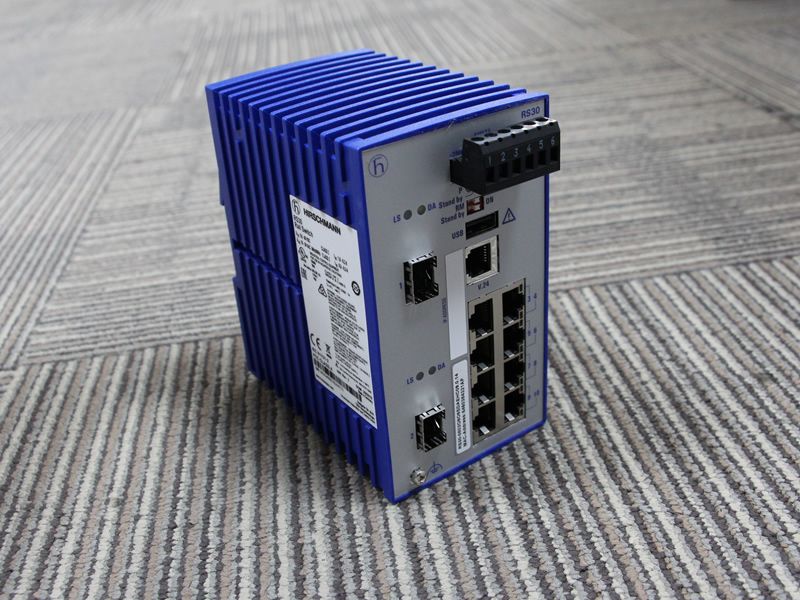New arrival Siemens QGO20.000D27 oxygen sensor, for combustion optimization
Time: 2022年01月24日Siemens QGO20.000D27 - O2 sensor, for combustion optimization, AC230V.

Siemens QGO20 Oxygen sensor
The QGO20 is an oxygen sensor that is used to acquire the residual oxygen content of flue gases in heat generating plants that burn natural gas or light fuel oil. In connection with the control unit (LMV52 with PLL52), QGO20 monitors and controls the combustion process. For mounting the QGO20, flue gas collectors type AGO20 are available. They can be welded directly into the chimney. The QGO20 in connection with the AGO20 is suited for use on all types of heat generating plant which burn natural gas or light fuel oil with flue gas temperatures up to 300 °C at the test point. When used in connection with burner controls type LMV52 for residual oxygen control, the efficiency of combustion will be improved and oxygen emissions minimized.
QGO20.000D17 - O2 sensor, for combustion optimization, AC120V
QGO20.000D27 - O2 sensor, for combustion optimization, AC230V
Our products are 100% New & Original, in stock, low price promotion.
If you can't find a suitable product model or require additional information, please contact us.
Click to see more products →
- Previous:New arrival Pepperl+Fuchs Z954 Zener Barrier Modules
- Next:New arrival Eaton S811+T30N3S soft starter, S811+ soft starter
Latest news
-
Beckhoff EtherCAT Terminals: Enabling Seamless Industrial Communication
However, for effective implementation, it is important to have the right networking systems, and this is where Beckhoff EtherCAT Terminals come in.
-
Why Ruggedized Networking Matters: The Case for Hirschmann Industrial Switches
Industrial sites are rough, from the constant vibration inside a train tunnel, the scorching heat in an outdoor cabinet, or a factory floor coated in fine dust.
-
Wuhan Xieyuan Delivers Triconex TMR Safety Solutions for Critical Applications
Built on Triple Modular Redundancy (TMR) architecture, Triconex systems are widely used in oil & gas, petrochemical, refining, power generation, offshore platforms, and other high-risk industrial environments.
-
Industrial Automation: The Driving Force Behind Modern Manufacturing
Let’s take a look at how industrial automation technology is making a difference in manufacturing industries.




